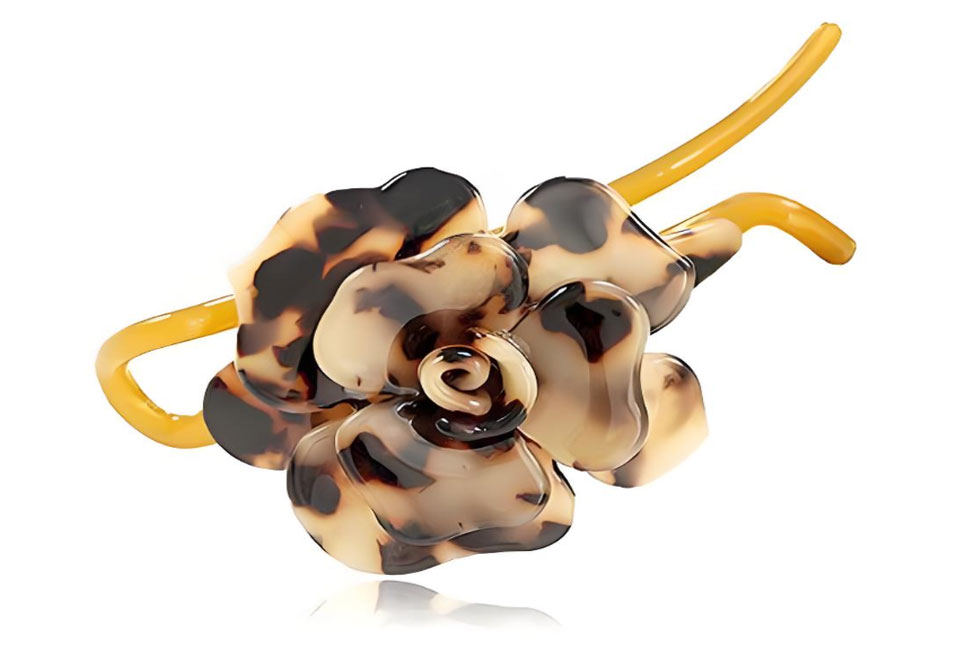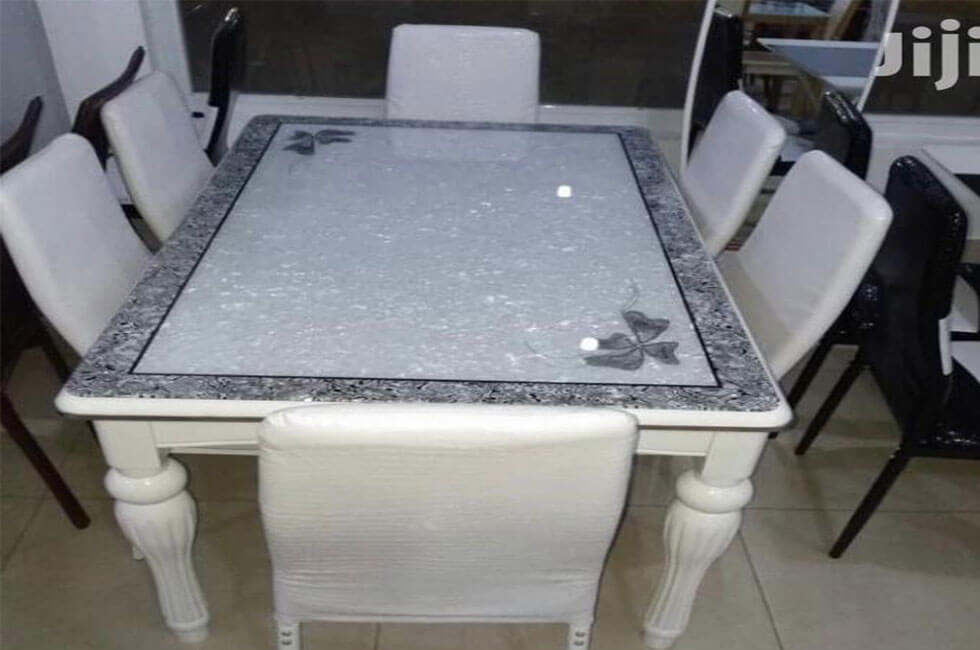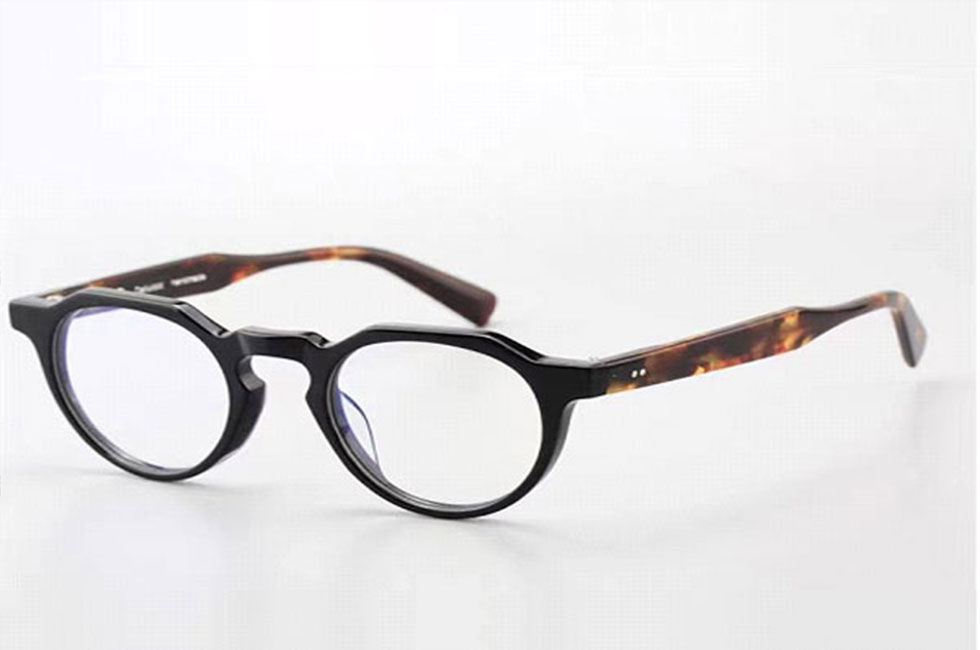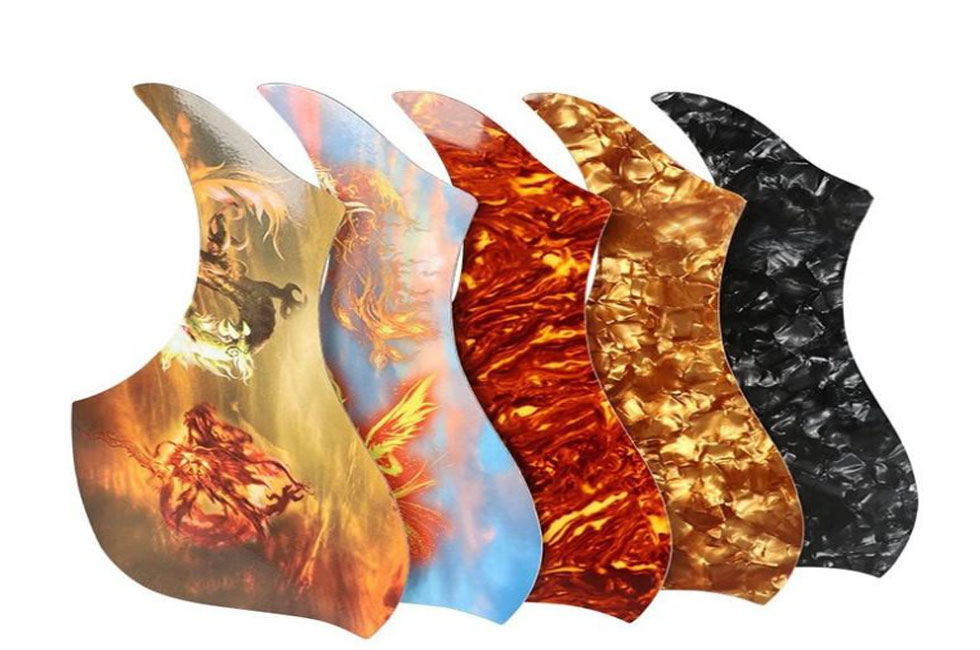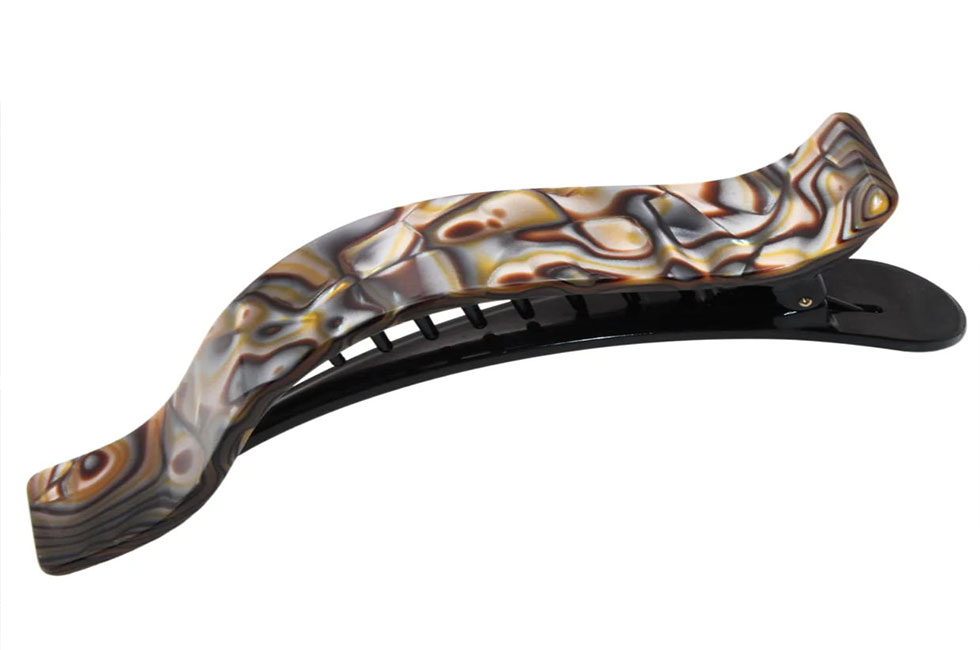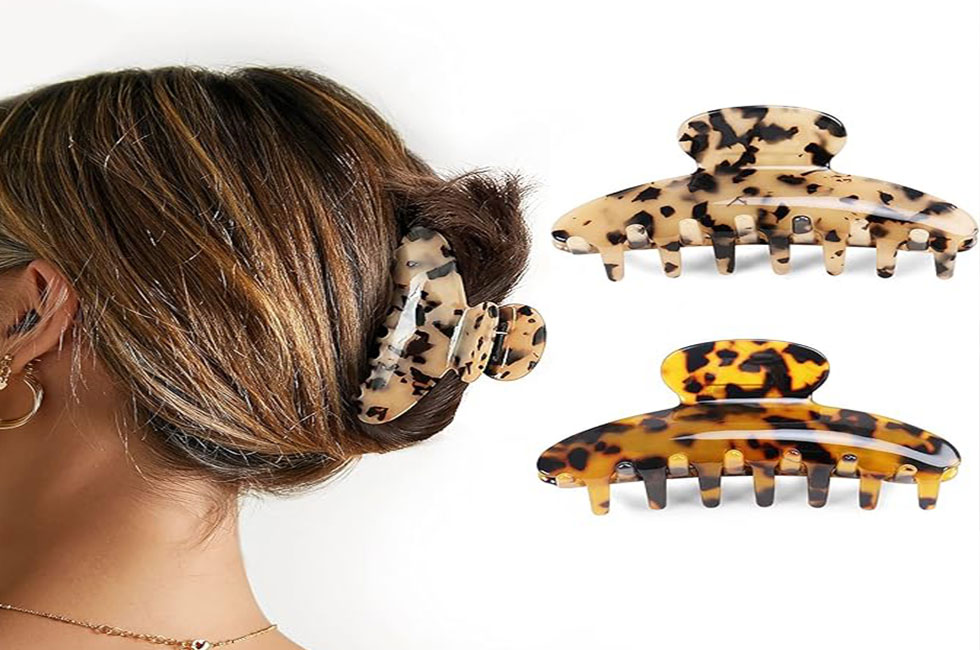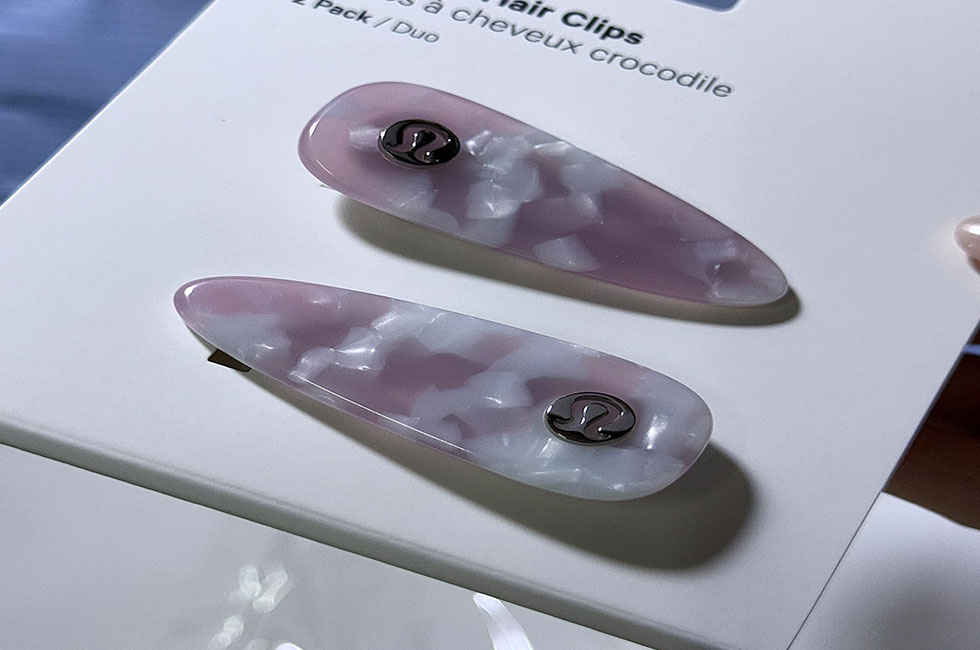Celluloid Hairpins: Let Every Strand of Hair Hidden with Ingenuity
This small object, a hairpin, has never been just a tool for tying hair. For those who value beauty, it’s the finishing touch that enhances their hairstyle; for those who pay attention to detail, it embodies a commitment to daily rituals. When celluloid meets hairpins, it reflects the designer’s careful consideration of balancing “beauty” and “functionality,” and the user’s silent pursuit of quality in life.
The first time I saw a celluloid hairpin in a traditional jewelry store, I was easily struck by its luster. Unlike the cheap, reflective shine of plastic hairpins, the light of celluloid is like crushed moonlight, warm and soft. The shop owner explained that this color was specially blended by a veteran craftsman. “Look at this gradient pink, doesn’t it resemble peach blossoms just blooming in spring? And the tortoiseshell-like pattern is even more lively than real tortoiseshell, and it doesn’t harm living things.” In the early days of hairpin making, there was always a dilemma over the right material: metal was too heavy and made the scalp feel tight after wearing it for a long time; ordinary plastic was brittle and broke after a few uses. It wasn’t until the advent of celluloid that it combined the lightness of plastic with the warmth of natural materials. It felt neither cold nor hard in the hand, and felt like a light ornament in the hair. This is how hairpins truly became “beautiful and comfortable to wear.”
Celluloid’s malleability opened up new possibilities for hairpins to express individuality. Retro-inspired women will choose intricately carved celluloid barrettes, pinned to low ponytails, as if capturing the past. Minimalist professionals prefer solid-colored geometric styles, a small piece tucked into bangs for a subtle yet refined look. A handmade barrette maker explained, “Celluloid can be bent into various shapes when heated. I often adjust the tightness of the clip based on the customer’s hair type—for soft hair, I make the curve shallower to prevent it from getting stuck; for firmer hair, I tighten it slightly to ensure it stays put all day.” These subtle adjustments aren’t cold standards, but rather attentive responses to individual needs.
Those who have used celluloid barrettes often appreciate their thoughtfulness. Metal barrettes in the summer heat up in the sun, while plastic ones can easily slip when exposed to sweat. Celluloid, however, doesn’t absorb heat, maintaining a gentle touch even under the scorching sun. Its delicate surface resists catching hair, making it easy to remove without causing irritation. One mother shared, “Celluloid hairpins are the safest choice for my daughter. The rounded corners keep them from scratching her face when she runs or jumps, and even if she accidentally drops them, they won’t break easily, so they last a long time.” This focus on safety and durability has transformed hairpins from mere decorations into reliable companions.
Today, more and more people are adding celluloid hairpins to their dressing tables. While they may not possess the luxury of jeweled hairpins, their authentic quality demonstrates that truly captivating accessories never rely on rare materials, but rather on adapting to people’s needs and conveying a love of life through subtle details. When a celluloid hairpin is gently tucked into the hair, its soft sheen reflects the material’s unique qualities and a careful consideration of the beauty of everyday life.
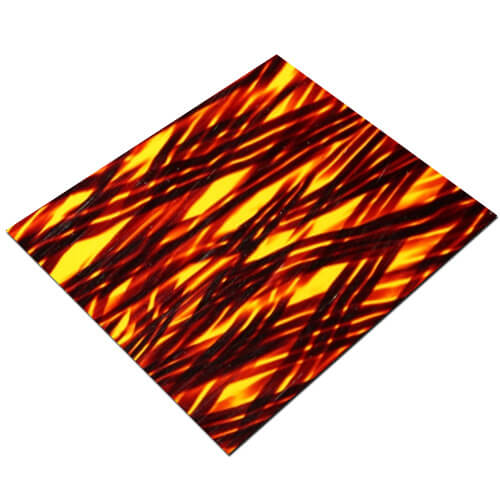
Contact us team
If you are interested in our article after reading it, please do not hesitate to send us an email to express your thoughts.

